Last week we accompanied a couple of wildlife enthusiasts for a half day trip focused on birdwatching north of Rome: destination Veio Regional Park.
Fourth by extension in the Lazio region, this Park is a real treasure trove of biodiversity a few steps from the city center, hosting over 80 species of Birds during the year, including nesting, migratory and wintering species.
For our excursion we chose the Sorbo Valley, one of the best preserved sites within the Park. Here the landscape, strongly shaped first by volcanic phenomena and then by the constant action of surface waters, presents a perfect blend of natural vegetations and meadows.
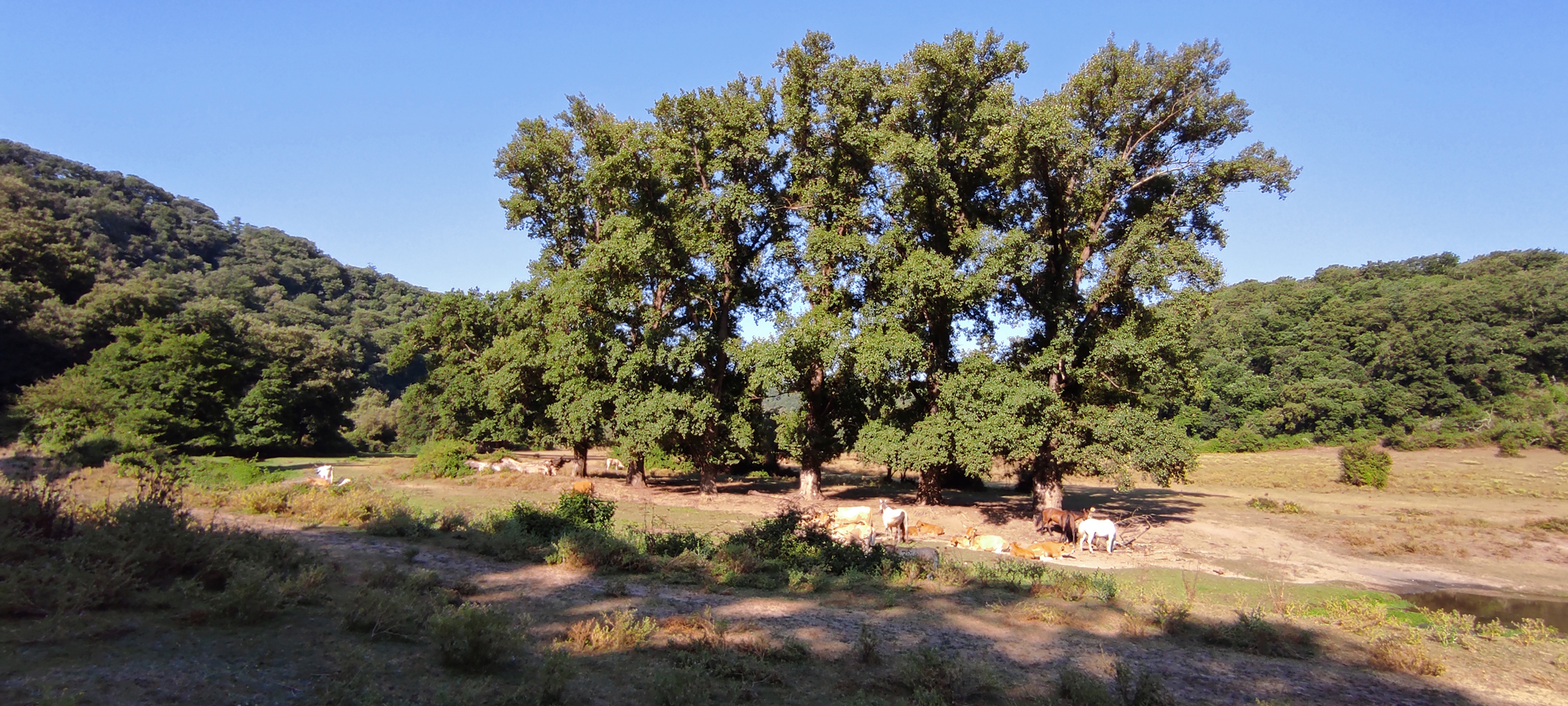
As soon as we arrive, we immediately begin to stop the first species typical of rural environments, including Turtle Dove (Streptopelia turtur), European Green Woodpecker (Picus viridis), Eurasian Hoopoe (Upupa epops) and Cirl Bunting (Emberiza cirlus). During the first phase of the walk we skirt the Crèmera stream, which gives us the opportunity to appreciate the beautiful shapes and colors of the life forms linked to it.
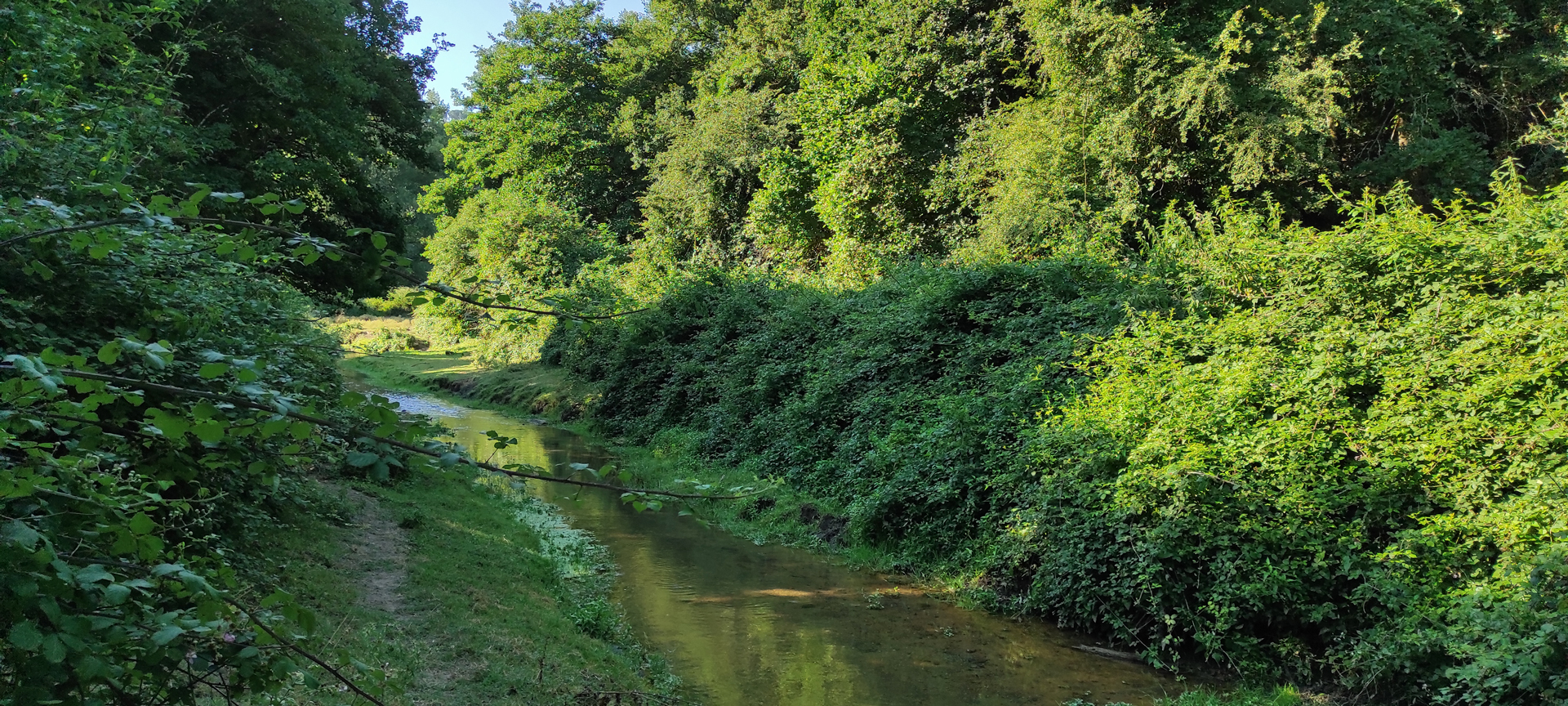
While Chubs and Barbs swim between the waters, the aquatic vegetation teems with dragonflies and Damselflies. We can identify Calopteryx splendens, Calopteryx haemorrhoidalis and Platycnemis pennipes.
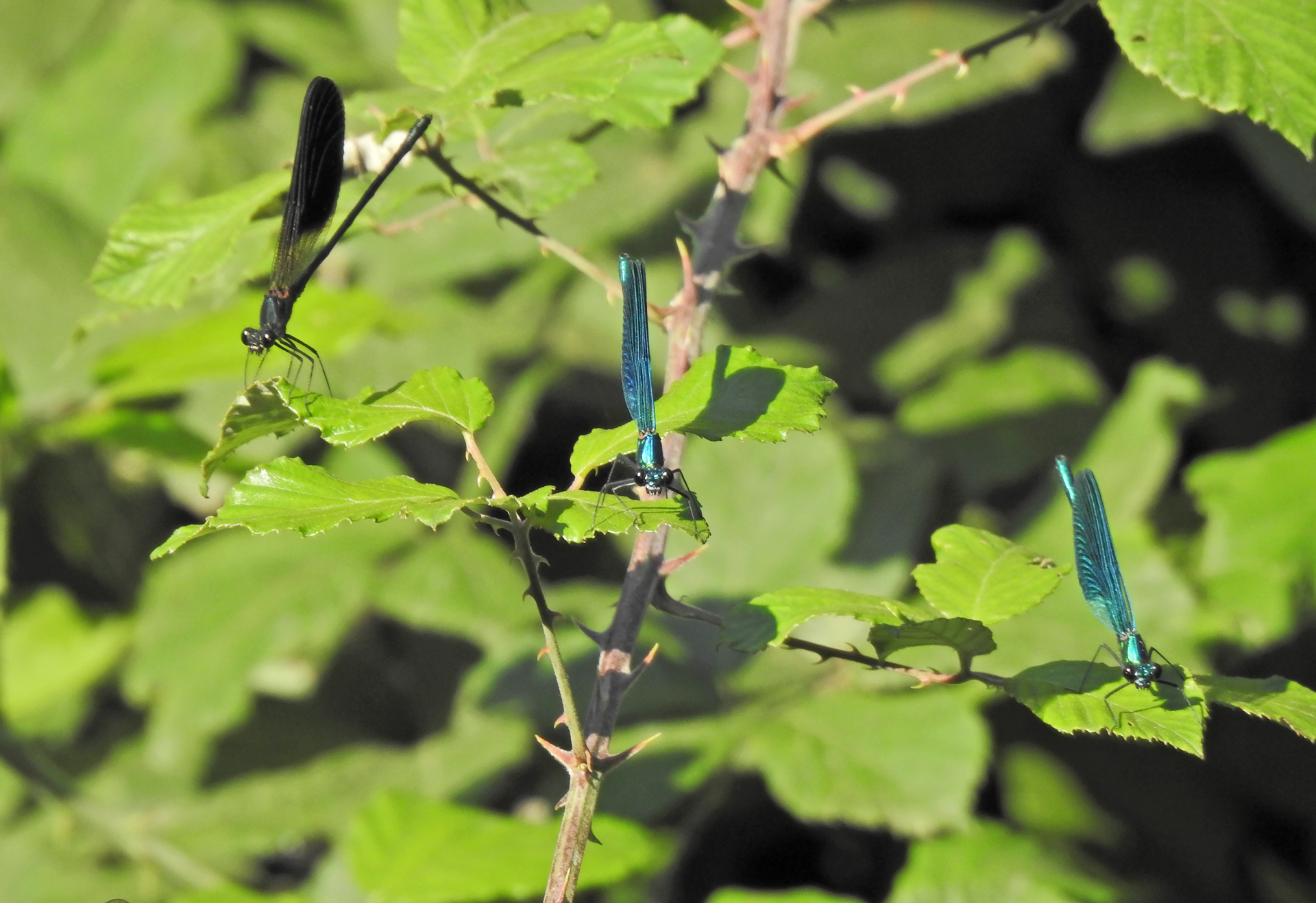
Continuing we come across the cattle that live here in a semi-wild state, intent on cooling off in the shade of the trees located on the banks of the waterway. Among cows and horses we have the opportunity to observe several Cattle Egrets (Bubulcus ibis), a Little Egret (Egretta garzetta) and many White (Motacilla alba) and Grey Wagtails (M. cinerea).
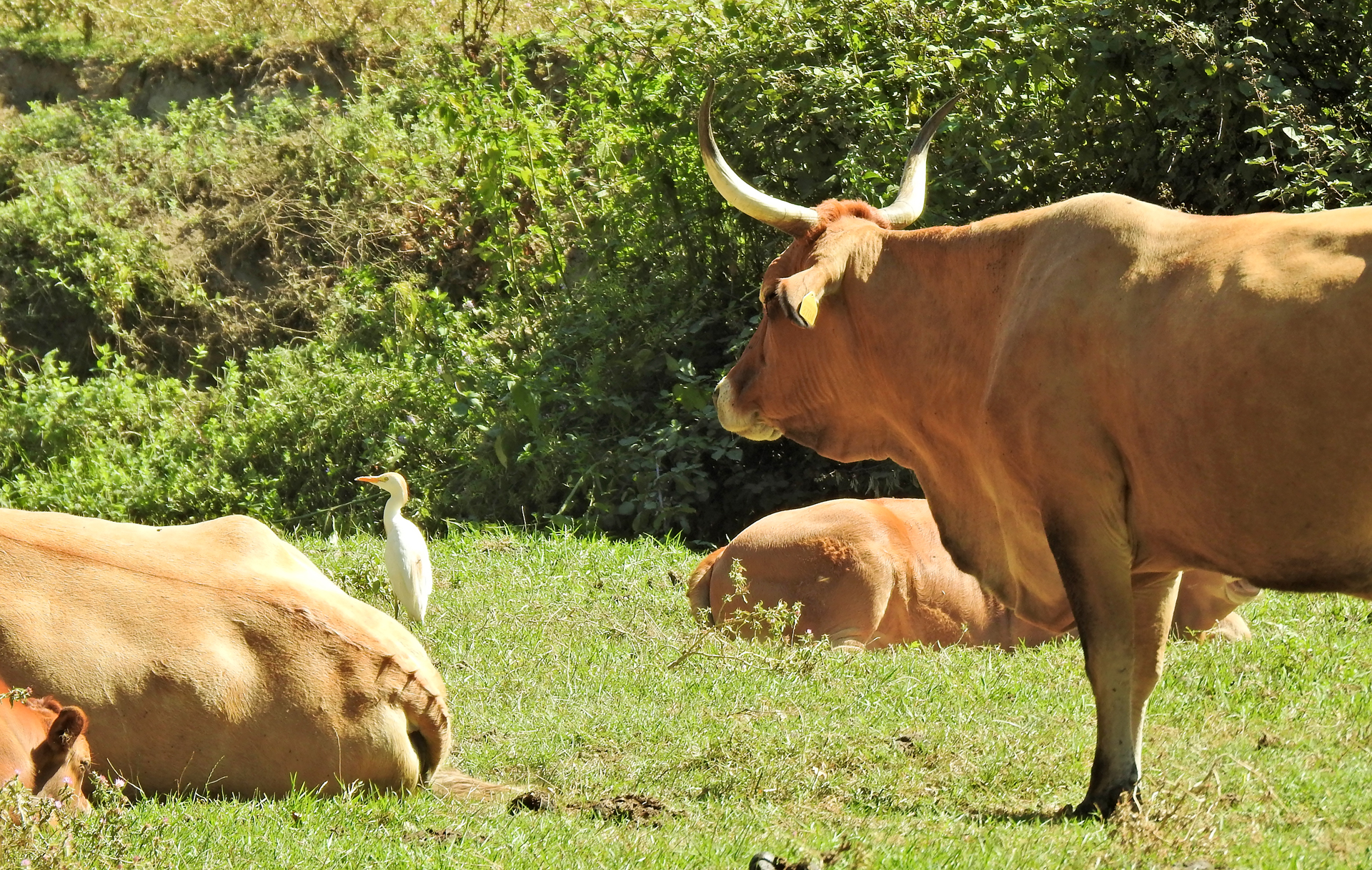
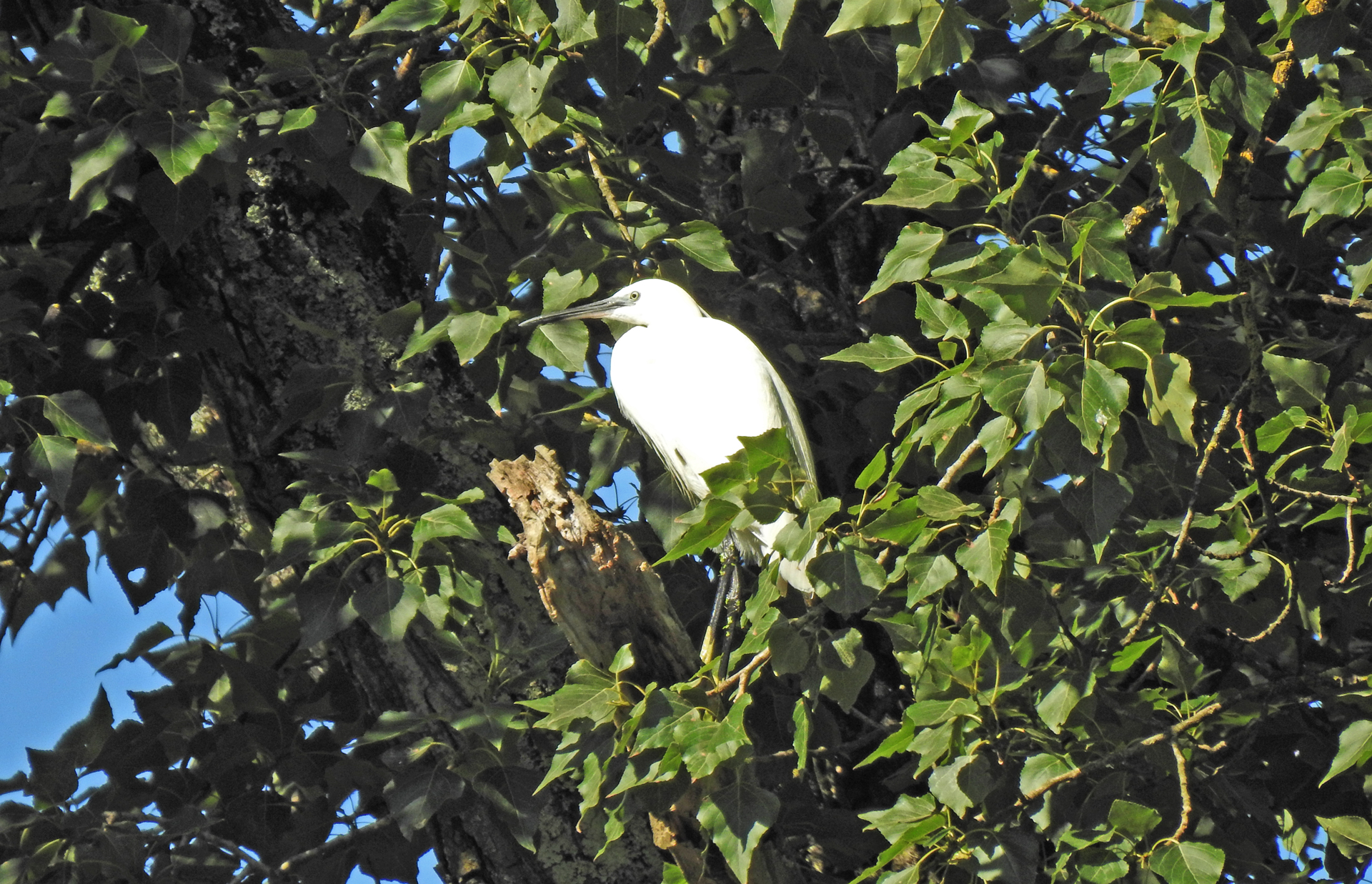
As the hours pass, the heat begins to be felt, so we move to more sheltered environments. Exploring the paths immersed in the woods we have the opportunity to listen to the song of the nesting Birds. Among these stand out at least 4 Eurasian Golden Orioles (Oriolus oriolus), a Common Chiffchaff (Phylloscopus collybita) and Short-toed Treecreepers (Certhia brachydactyla).
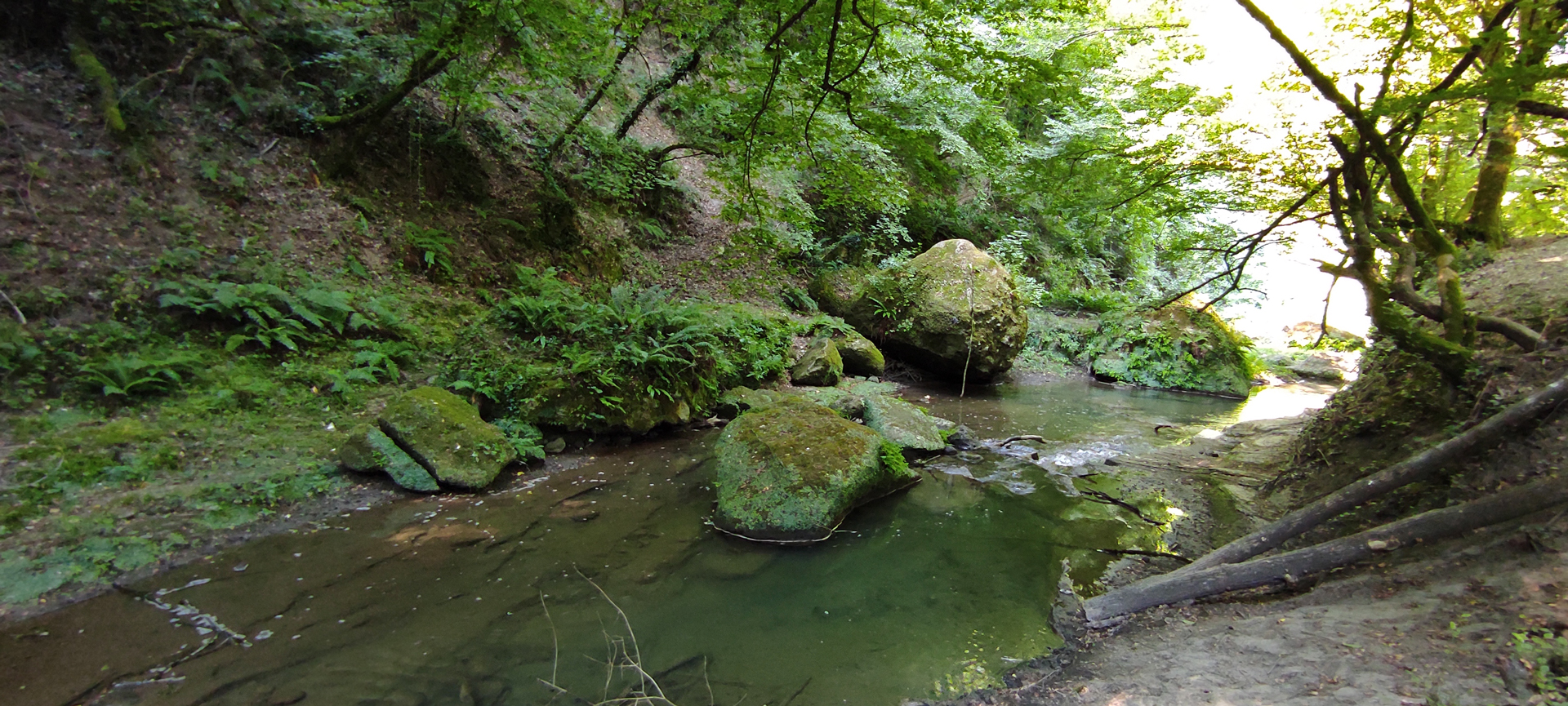
Returning to the cars we re-cross the meadows dotted with shrubs, a roosting site during the hottest hours for many Passerines, including warblers and tits. Before leaving the Veio Park, we spot a Black Kite (Milvus migrans) hovering over the nearby hills.
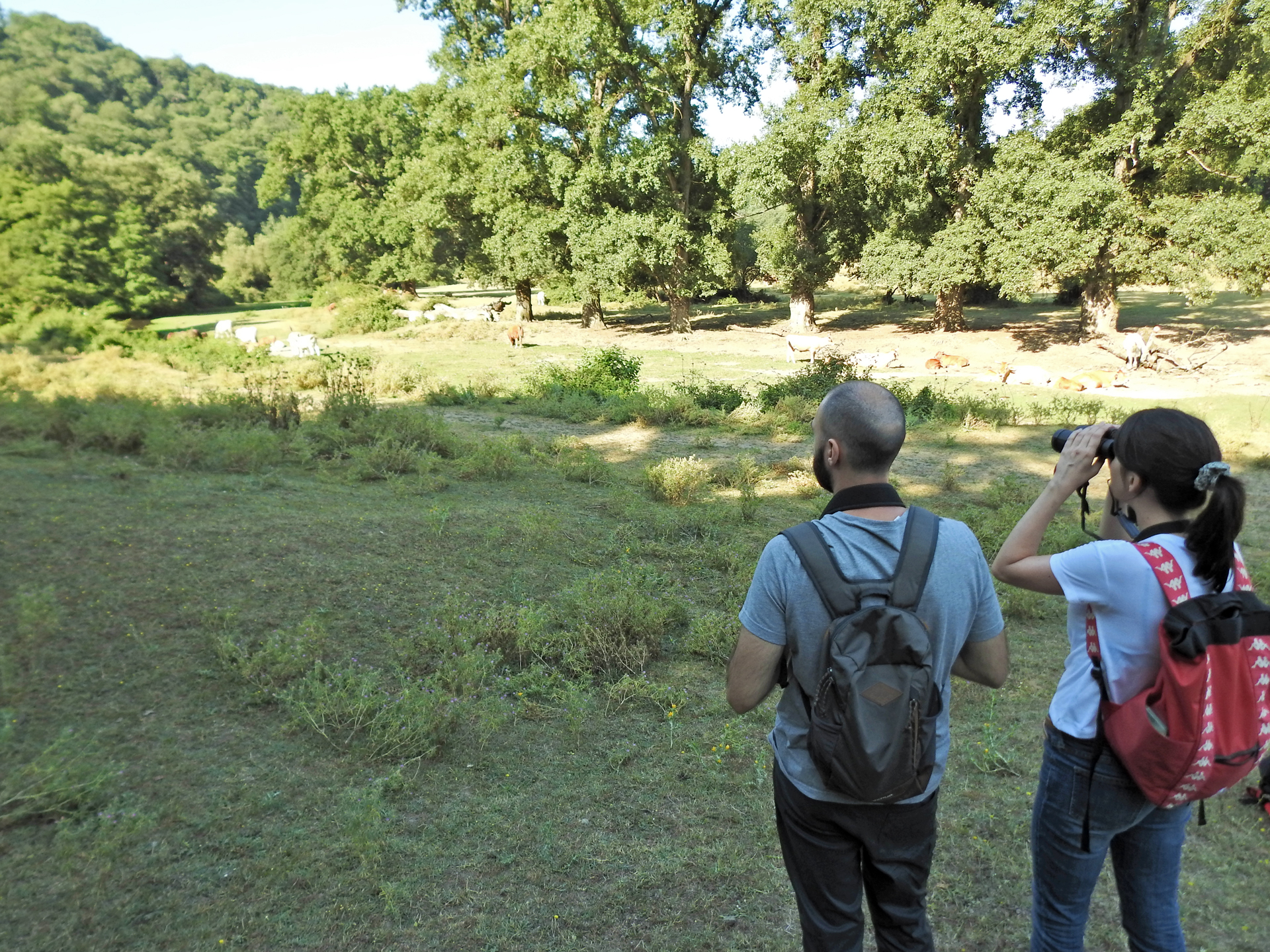
The birding day trip does not end here, in fact we decide to take a quick stop to Lake Bracciano, so as to add other species to the checklist. Once near Anguillara Sabazia, in addition to the already observed Cattle Egrets and Little Egrets, with the aid of the spotting scope we can admire the aquatic birdlife that populates the lake shores: dozens of Great Cormorants (Phalacrocorax carbo), Eurasian Coots (Fulica atra), Yellow-legged (Larus michahellis) and Black-headed Gulls (Chroicocephalus ridibundus) and a Grey Heron (Ardea cinerea).
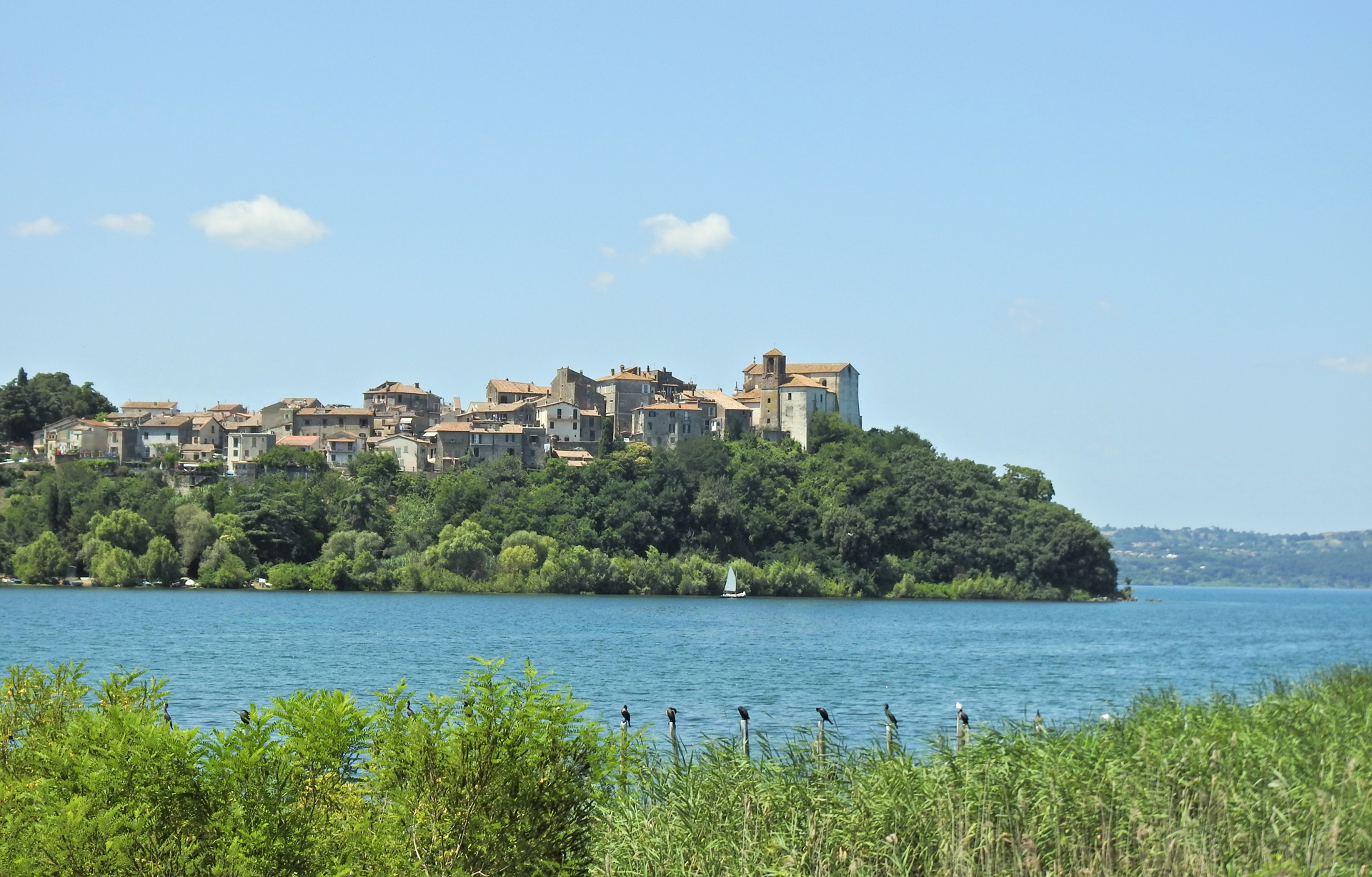
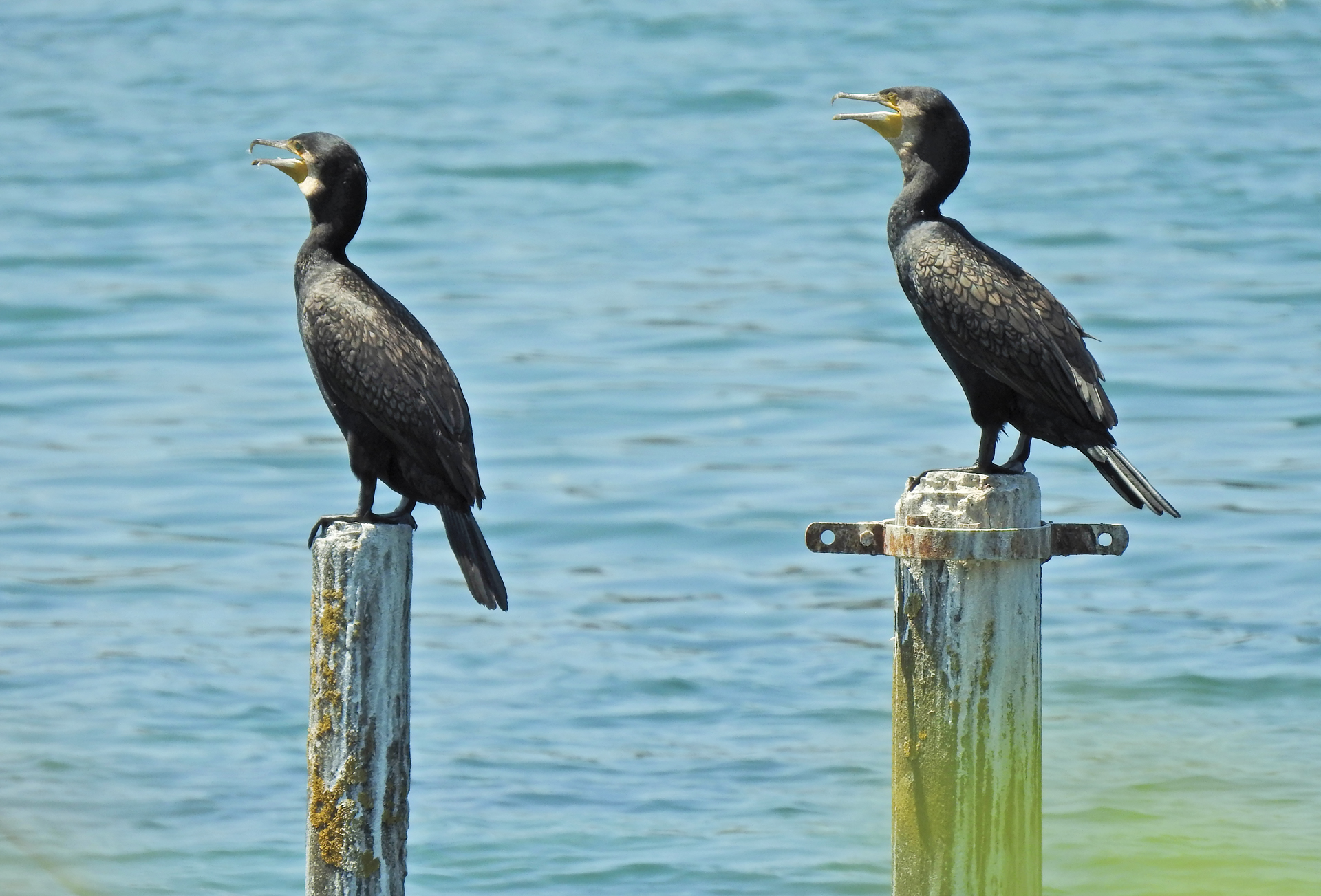
Thus ends one of our birdwatching day trips departing from Rome, during which the participants were able to discover the biological diversity present in our territory and the characteristics that allow to distinguish species that, if observed by an inexperienced eye, can be almost identical.
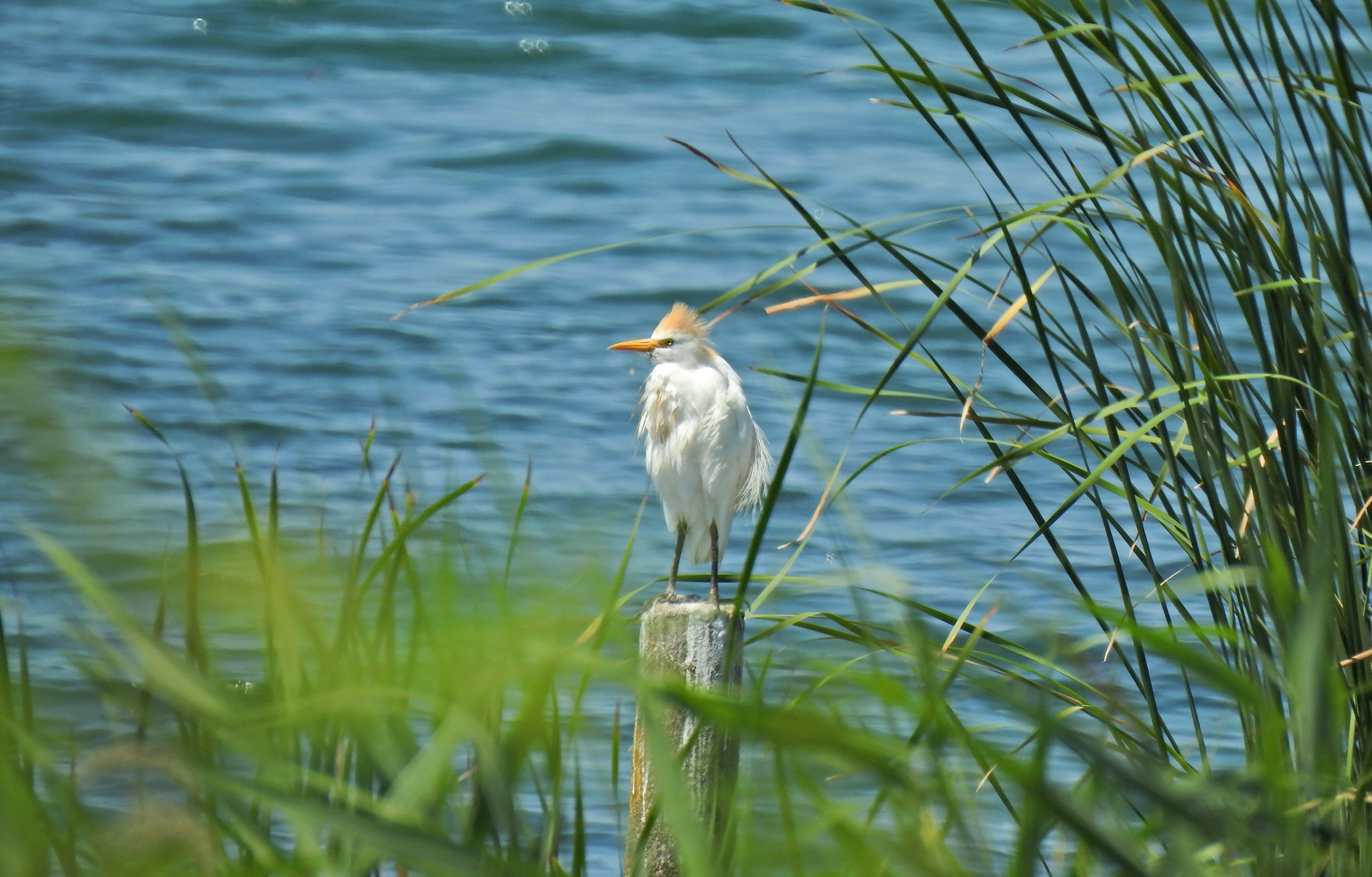
CHECKLIST
- Great Cormorant (Phalacrocorax carbo)
- Cattle Egret (Bubulcus ibis)
- Little Egret (Egretta garzetta)
- Grey Heron (Ardea cinerea)
- Black Kite (Milvus migrans)
- Common Buzzard (Buteo buteo)
- Common Kestrel (Falco tinnunculus)
- Eurasian Coot (Fulica atra)
- Black-headed Gull (Chroicocephalus ridibundus)
- Yellow-legged Gull (Larus michahellis)
- Feral Pigeon (Columba livia var. domestica)
- Wood Pigeon (Columba palumbus)
- Collared Dove (Streptopelia decaocto)
- European Turtle Dove (Streptopelia turtur)
- Rose-ringed Parakeet (Psittacula krameri)
- Eurasian Hoopoe (Upupa epops)
- European Green Woodpecker (Picus viridis)
- Great Spotted Woodpecker (Dendrocopos major)
- Barn Swallow(Hirundo rustica)
- Common House Martin (Delichon urbicum)
- White Wagtail (Motacilla alba)
- Grey Wagtail (Motacilla cinerea)
- European Robin (Erithacus rubecula)
- Common Blackbird (Turdus merula)
- Blackcap (Sylvia atricapilla)
- Common Whitethroat (Sylvia communis)
- Subalpine Warbler (Sylvia cantillans)
- Zitting Cisticola (Cisticola juncidis)
- Common Chiffchaff (Phylloscopus collybita)
- Common Firecrest (Regulus ignicapilla)
- Great Tit (Parus major)
- Eurasian Blue Tit (Cyanistes caeruleus)
- Short-toed Treecreeper (Certhia brachydactyla)
- Eurasian Magpie (Pica pica)
- Eurasian Jay (Garrulus glandarius)
- Western Jackdaw (Corvus monedula)
- Hooded Crow (Corvus cornix)
- Common Starling (Sturnus vulgaris)
- Eurasian Golden Oriole (Oriolus oriolus)
- Italian Sparrow (Passer italiae)
- European Goldfinch (Carduelis carduelis)
- European Serin (Serinus serinus)
- Cirl Bunting (Emberiza cirlus)
